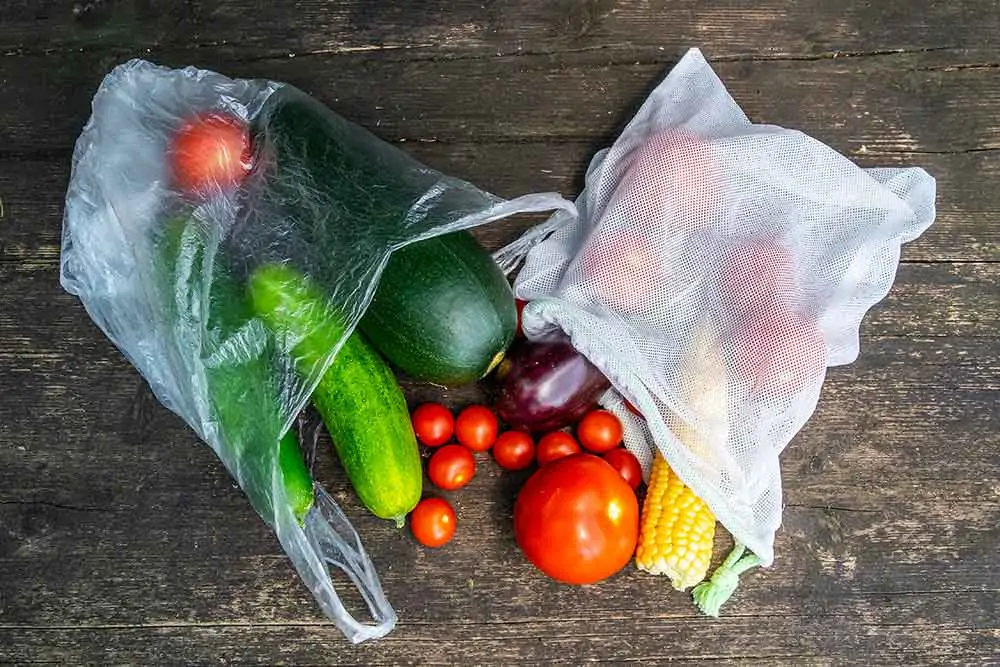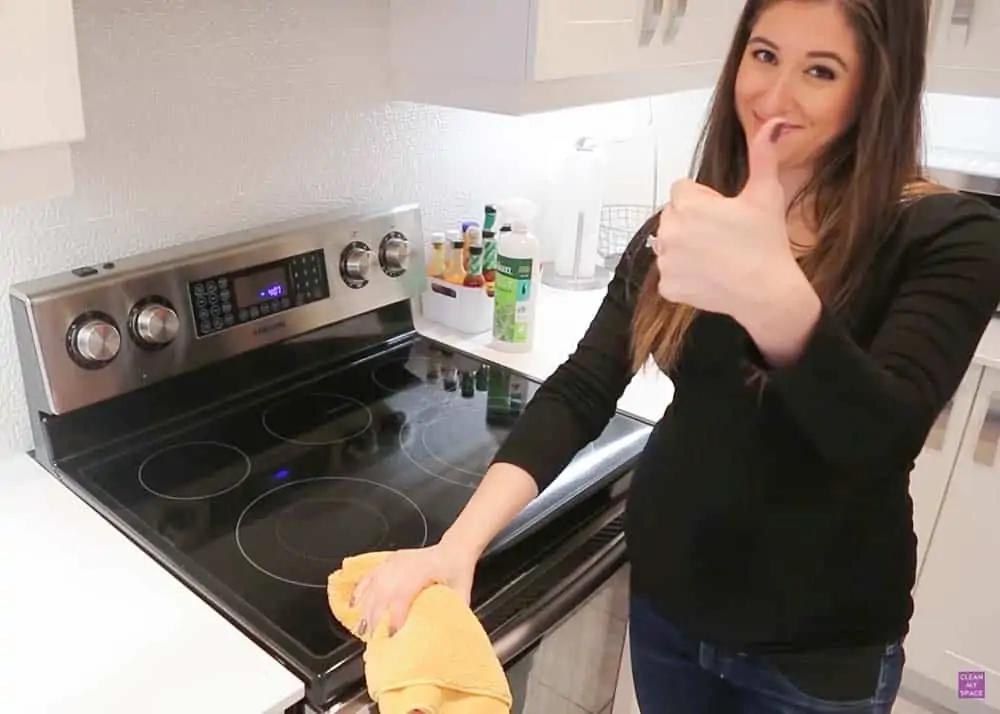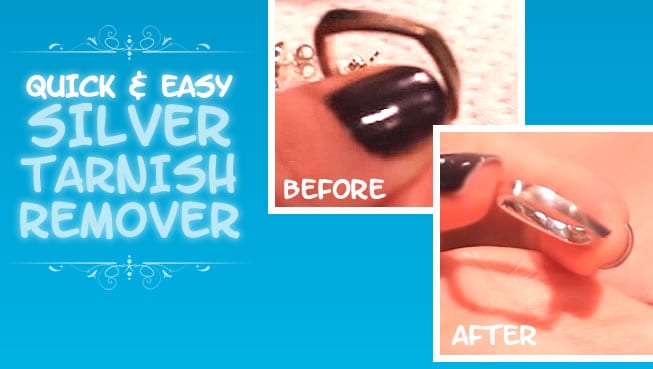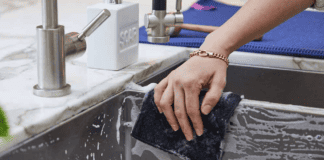Deep Clean: a raw and unbiased review of Biokleen from the perspective of a cleaning expert. These articles are not sponsored but are designed to provide you with everything you need to know about how these products work, where best to use them, how best to use them, and some health and safety information for you, your pets, and your family.
We’re going deep on the company behind one of my favorite enzyme cleaners: Biokleen.
I talk a lot about enzyme cleaners–specifically Bac-Out–so I will get into what enzyme cleaners are and how they are used later in this article.
First, a bit of history about Biokleen.
History of Biokleen
Biokleen all started with an American named Jim Rimer, who developed the company out of his garage in Portland, Oregon.
But, let’s go back even further, to the VERY BEGINNING. Jim was a sales executive for a chemical supply company in the 1980s but became disturbed by the harmful side effects of skin rashes and respiratory disease that he witnessed among customers and colleagues. He tried to implement safety and educational training on using those products, but his bosses weren’t impressed. It actually led to his firing. That’s when Jim vowed to find non-toxic, effective alternatives, and Biokleen was born.
But it wasn’t an easy start. Jim spent his nights studying chemistry and botany while cleaning carpets for seed money. Then, while working from his garage, Jim started designing cleaners powerful enough for the commercial industry he knew.
His efforts paid off when Biokleen came out with the first leading-edge plant-based product, All-Purpose Cleaner II.
The All-Purpose Cleaner
The current Concentrated All-Purpose Cleaner uses citrus and grapefruit seed extract to clean and degrease dirt and grime in and around your home. And when I say concentrated, I mean it. One 32 ounce bottle makes 32 GALLONS of cleaning solution just by adding water.
It’s natural, biodegradable, and non-toxic. I have a very young child at home, so using non-toxic cleaners is important to me. Also, if you have children that enjoy cleaning with you, this is a safe product for them to use.
The Biokleen Spray & Wipe All-Purpose Cleaner is exactly as it sounds: a spray, wait and wipe cleaner that doesn’t need rinsing and is safe on nearly all surfaces. As a bonus, it won’t leave a sticky or filmy residue behind. I’m really not a big fan of strong scents in the products that I use, which is another reason Biokleen gets my seal of approval. It has a very light, clean smell, that’s not at all overwhelming.
The all-purpose cleaner really is just that, for all purposes. Both the spray and concentrate can be used on everything from kitchen counters to cars.
Non-Toxic Company
Biokleen uses plant and mineral-based cleaners that don’t use toxic chemicals. As a result, all Biokleen products are free of phosphates, chlorine, ammonia, alcohol, butyl, glycol ether, brighteners, artificial colors, artificial fragrance. And because the company is pet-friendly, Biokleen has never tested any of its products on animals or used their biochemistry in their formulations.
The company’s website even says, “a house free of toxins is a home full of love.”
Although Biokleen started out making commercial cleaners, eventually, word caught on about Jim’s effective, non-toxic janitorial products, and families began requesting cleaners for their homes. He worked to expand the line of products, including the launch of the groundbreaking Bac-Out® line in 1991.
About Bac-Out
If you’re not familiar with the enzyme cleaner, Bac-Out, let me explain what it is. Bac-Out uses live enzyme cultures to break down and absorb organic material, completely removing stains and odors.
Other Cleaners
Most cleaning products either:
- bring dirt to the surface with a surfactant
- scrub it off using something abrasive
- eat away at it using acid, degreasing agents or organic solvents
- infuse oxygen into the surface thereby lifting dirt away from it
These are categorized as detergents, abrasives, degreasers, acid cleaners, organic solvents, and oxygen cleaners. While all of these cleaners do work, some use harsher components to get the job done and may require some significant elbow grease to be effective.
How Enzyme Cleaners Work
Enzyme cleaners make life easier by using biology to break down stains and get rid of odors. Living enzyme cultures, which are basically good bacteria, disintegrate stains and odors into tiny particles and then essentially eat them. Then, the bacteria digest those particles as if they are lunch, turning them into carbon dioxide.
The enzymes will multiply as long as the stain or odor — its food source — is present, which can be up to 24 hours. Various enzymes have different functions, and enzyme cleaners often contain multiple enzymes, so they’re effective on all types of stains and odors. The result is a very effective stain remover, odor destroyer, and degreaser. Once the enzymes bind to the organic matter, they go on a search and destroy mission.
WATCH: The Life-Changing Magic of ENZYME CLEANERS! Get Rid of Cat Pee Smell.
The key here is to give them time to dwell. Dwell time means that the cleaner has time to sit and do its job. If you simply apply the cleaner and wipe it away, it doesn’t have a chance to go to work.
When you give it a chance, though, Bac-Out can remove some really tough stains and is great when dealing with cat pee accidents and vomit.
How to Use Bac-Out
As I mentioned, you need to let the enzyme cleaner sit. People get disillusioned by cleaning products because they see 30-second cleaning commercials where someone sprays a cleaner on dirt and immediately wipes it clean. That’s not how cleaning products work. They need time to sit and break down the matter before you wipe it off. Bac-out is no different, and the magic is in the time. If it says on the bottle to wait 5-10 minutes, then wait 5-10 minutes.
Secondly, enzymes only work when they are wet. So, spray enough cleaner to douse the dirt, and if you’re letting it sit overnight, put the item in a plastic bag so that it stays damp. If the enzymes dry out, they die and won’t clean up your mess or stain.
Finally, you might need to re-treat the area. If you don’t get a stain out the first time, do the whole process again and trust that it will work.
As a side note, grease and protein stains will be set with hot water, so do not wash those types of stains in hot water. For example, if you wash olive oil in hot water, it won’t matter what stain remover you use; the stain won’t come out.
Biokleen’s Bac-Out Works!
I have tested several enzyme cleaners, and I can tell you that this one really works well. Biokleen’s Bac-Out is a product that hands-down is worth investing in owning, especially if you have pets or children.
We have used Bac-Out in my home for general cleaning and around the cat litter box, as it can help break down cat urine smells and clothing stains. I keep it readily available in the laundry room.
READ: Enzyme Cleaners: The Best Cleaning Product Ever!
Laundry Products
I recently opened a package of chipotle dressing and spilled it all over my blue and white dress. After a couple of treatments and cycles through the washing machine, the Bac-Out Stain + Odor Remover completely eliminated the orange dressing stain.
Bac-Out is sort of like Biokleen’s magic formula! It works on menstrual stains, food stains, baby spit-up, paint, markers, and even poop stains.
The nice thing about Biokleen is its vast array of laundry products, some with enzymes and some without. There are two general laundry detergent powders: Biokleen Free & Clear Natural Laundry Detergent, which is a highly effective and popular choice, and the Premium Stainfighter Laundry Powder. The latter contains live enzyme cultures, extra oxygen bleach and is even more concentrated for use on heavily soiled textiles and fabrics. I would recommend the Premium Stainfighter Laundry Powder for parents who use cloth diapers (after pretreating with Bac-Out Stain & Odor Remover), painters, and gardeners.
Biokleen’s Oxygen Bleach Plus
If you’re looking to whiten and brighten your laundry, add a boost with Biokleen’s Oxygen Bleach Plus. The primary active ingredient is sodium percarbonate, a natural source of hydrogen peroxide. I consider hydrogen peroxide to be safer than the more common chlorine bleach, which uses sodium hypochlorite as the active ingredient. Let’s compare:
READ: What is Oxygen Bleach?
Chlorine bleach is highly caustic and will eat away fabric and skin if left on for an extended period. Plus, it removes color, which is why it’s only good for white fabrics. In addition, chlorine bleach is toxic to aquatic life if released straight into surface water and harmful to septic tanks’ essential bacteria.
On the other hand, oxygen bleach is safe to use on nearly any fabric and can be left for extended periods on clothing with no damage. In addition, oxygen bleach turns to water and oxygen when broken down, so it has no negative impact on the environment and is safe for septic systems.
WATCH: Oxygen Bleach is Awesome!
Biokleen’s Oxygen Bleach Plus gets my vote, hands down!
Hardwood Floors
When dirty hardwood floors are a concern, Bac-Out’s Multi-Surface Floor Cleaner works for sealed, water-safe wood surfaces and floors and uses live enzyme cultures and citrus extracts. Simply spray a large area or targeted site, then wipe with a clean cloth, mop, or sponge. For really hard to remove gunk, let the cleaner sit for two minutes before removing. There’s not even a need to rinse with water.
Bathrooms
The Bac-Out Bathroom Cleaner effectively tackles the biggest problems in our bathrooms: soap scum, mold, and mildew. Plus, because it uses live enzyme-producing cultures and extracts of lavender and lime, it also deodorizes stinky smells coming from your toilet and other hard surfaces. Just spray onto any water-safe surface, let it sit for a couple of minutes, then wipe clean—no need to rinse. Easy peasy.
Soy Cleaners
Moving away from enzyme cleaners for a moment, let’s talk about soy. Biokleen taps into the cleaning power of soy with a handful of soy blends products, including the Soy Cream Cleaner and the Soy Toilet Cleaner. Both break down tough, built-up grease and grime. However, the Soy Cream Cleaner is made for surfaces that may only require gentle scrubbings, such as ceramic, porcelain, linoleum, fiberglass, and tile. It’s meant for cleaning dirty countertops, stoves, tubs and showers, outdoor furniture, and even barbeques. The Soy Toilet Cleaner, on the other hand, contains extra plant-based micro-scrubbers to get rid of nasty caked-on waste and stains. Plus, it contains added essential mint oils to deodorize the toilet bowl.

Produce Wash
We would all be using a produce wash if we only knew how much pesticides were on our non-organic produce. Apples and strawberries are among the worst for getting heavy doses of pesticides, so do yourself a favor and wash them before eating. Biokleen makes it easy to remove pesticides, wax, and dirt from our food, hands, cutting boards, and even food containers with this product. Simply add 1 tablespoon of wash to 16 ounces of water, soak produce for 2 minutes, swish it around, and rinse. For single items, such as an apple or tomato, apply a drop full strength, rub it around for about one minute and rinse thoroughly.
READ: DIY Produce Wash
Green Manufacturing
Another cool thing about Biokleen is that the company practices Green Manufacturing. The highly concentrated, non-toxic products use less water during manufacturing, smaller packaging, and therefore less energy to ship. Biokleen also reduces gas reliance and output by manufacturing with cold water. Not to mention the fact that the non-toxic products themselves are better for the environment than harsher chemical alternatives.
Final Thoughts on Biokleen
Biokleen offers such an extensive range of products that I can’t possibly get into each and every one of them. I mean, they even offer a safer non-aerosol lubricant for bike chains and hinges! So, I encourage you to check out their website for the full list.
We are such fans of Bac-Out because the creator, Jim Rimer, thought about science differently. He accomplished the same, if not better, results as other cleaners without using harsh chemicals. That’s a win in my book!
Looking for a BETTER & EASIER Way to Clean Your Home?
Cleaning Expert Melissa Maker is here to help with her game-changing 3 Wave Cleaning System that will help you clean your house faster and easier than you ever thought possible!


















Hello Melissa,
I have a thin queen size quilt that smells of mold. I can’t use vinegar in my washer per manufacturer’s manual. What would work to get this out?
I tried soaking it in the tub with vinegar, and rinsed it before washing.
I’ve also tried baking soda in the wash
I’ve tried washing soda added to the detergent.
I never use fabric softeners.
What would you suggest?
Thank you!
Hello,
Would you recommend the Bac-Out floor cleaner for LVF floors? (Luxury Vinyl) Cant find that info on their website.
Thank you!
Hi Cathy, I have a lot of articles and videos on floor cleaner. Here’s one: DIY Floor Cleaners (Hardwood, Laminate, & Vinyl). However, a good rule of thumb when choosing an appropriate store-bought floor cleaner is that if that cleaner does not mention your type of floor, it’s probably not the right fit.
Would you recommend the bac out or the oxygen bleach plus as a pre-wash? Does it matter? Can one use both? I had originally thought of using the premium detergent with oxiclean’s sanitizing pre-wash booster because I’m concerned about mold, especially with colored clothes and cold washes.
Hi Adriana. You can use either as a prewash (but not both together!) Oxygen bleach powder can be added to the bottom of the drum before clothes are loaded in. There is no concern about mold from washing in cold water. However, improper drying of clothing or a dirty washing machine can cause mold.
Great article! Have you tried the carpet cleaners? My new home’s family room has a large dark stain. Stanley Steemer people got it out but it came back after a while. I tried vinegar and baking soda which removed it only to have it come back! Any ideas? Thanks!!
Hi Cathleen, this is an interesting question! Sometimes when we clean stains we don’t completely rinse and blot the area. This means that while the stain appears to be gone, the area is still sticky. Over time, this sticky spot attracts more dirt and grime than the rest of the carpet, causing the stain to reappear.
Another possibility is that the stain has soaked through to the underside/ under pad of the carpet. So although we may clean the surface of the carpet, that underlying stain is still there and can slowly make its way back up.
Sometimes these issues can be resolved, and sometimes they can’t but identifying the source of the stain is important in removing it. Check out my article 5 Stubborn Carpet Stains and How To Remove Them.
I can’t find this in Canada and there website dosen’t ship to Canada, what’s another enzyme cleaner that’s easier to find?
You can find Biokleen on Amazon Canada. Hope this helps.